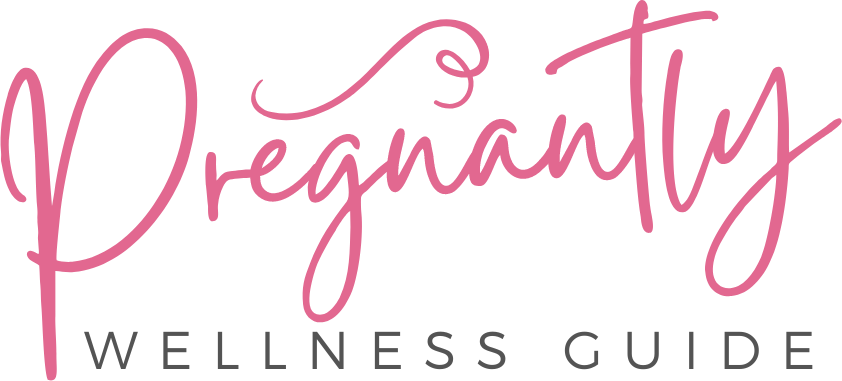
We’ve all reached a point where the weight of our emotions becomes too much to bear, where the burdens we carry silently scream for release. That’s why we need to understand emotional release – it’s about acknowledging and processing intense feelings, which reduces stress and promotes relaxation. We can start by tuning into our body signals, like chest heaviness and throat lumps, and practice mindfulness meditation to identify tension areas.
By releasing negative emotions, we can cultivate self-awareness, rewrite our stories, and unlock our full potential. As we explore these stress release practices, we’ll discover how to break free from emotional weight and unlock a path to transformation.
Understanding Emotional Release
As we delve into the complexities of our emotional landscapes, we’re often met with a tangled web of feelings and sensations that beg for acknowledgment and release. We’ve all experienced it – the heaviness in our chests, the lump in our throats, the tightness in our shoulders. It’s as if our bodies are screaming for us to let go of the emotional burdens we’ve been carrying. And that’s exactly what emotional release is all about: acknowledging and processing those intense feelings and sensations.
Doing so, we can reduce stress, promote relaxation, and enhance our overall well-being. Letting go of negative emotions and thoughts is crucial for this release, and it requires cultivating self-awareness and practicing self-compassion. As we embark on this journey, we’ll discover the liberating power of emotional release and the profound impact it can have on our lives.
Mind-Body Exercises for Letting Go
We can begin to unlock the power of emotional release by engaging in mind-body exercises that help us tune into our physical sensations and tap into the wisdom of our bodies. Through mindfulness meditation, we acknowledge and explore feelings and sensations, identifying areas of tension and discomfort. By exaggerating these sensations and getting curious about them, we can release pent-up emotions and stress. Taking conscious deep breaths, we slowly let go of tension, allowing for a sense of relief and integration of emotions.
These exercises promote self-awareness, emotional release, and overall well-being through the practice of letting go. As we cultivate this awareness, we become more attuned to our bodies, allowing us to release emotional blockages and live more authentically.
Transforming Through Letting Go
By releasing the emotional weight that’s held us back, we open ourselves up to a world of possibilities, empowering us to rewrite our stories and step into new versions of ourselves. As we learn to let go, we embark on a journey of transformation, where every moment presents an opportunity for growth and self-awareness. We courageously embrace change, letting go of old patterns and beliefs that no longer serve us.
Through gratitude and self-reflection, we cultivate a deeper understanding of ourselves, paving the way for emotional liberation and inner peace. By embracing this continuous process, we discover new aspects of ourselves, unlocking our full potential and living a more authentic, fulfilling life.
Facing Stress Triggers Head-On
When we take a closer look at our lives, we’re often surprised to discover just how many stress triggers are lurking in the shadows, waiting to pounce and disrupt our sense of calm. By acknowledging and understanding these triggers, we can begin to let go of their hold on us. Here are three key steps to facing stress triggers head-on:
1. Recognize sources of stress in our lives, whether work-related or personal.
2. Acknowledge specific stress triggers, and how they impact our well-being.
3. Take action to address and manage these triggers, empowering us to take control of our mental health.
Mastering Mindfulness Meditation
As we delve into the world of mindfulness meditation, we discover a profound tool that allows us to quiet our minds and cultivate a deeper sense of inner peace. By focusing on the present moment without judgment, we can let go of anxiety and emotional turmoil, promoting relaxation and balance. Regular mindfulness practice helps us develop self-awareness, observing thoughts and sensations without getting caught up in them.
This awareness enables us to let go of stress and tension, allowing us to respond to life’s challenges with clarity and compassion. By mastering mindfulness meditation, we can unlock a sense of calm and well-being, freeing ourselves from the grip of stress and anxiety.
Power of Physical Activity
We take our mindfulness practice to the next level by incorporating physical activity into our daily routine, discovering how exercise can become a powerful tool for letting go of stress and anxiety. By moving away from sedentary habits, we create space for relaxation and calmness to flourish. Regular physical activity:
1. Releases endorphins, the body’s natural mood lifters, promoting overall wellbeing.
2. Reduces stress and tension, alleviating headaches and muscle aches.
3. Boosts energy levels and improves sleep quality, helping us feel more rested and centered.
As we engage in physical activities, we’re not only releasing stress but also restoring interest in past hobbies and promoting relaxation. By incorporating exercise into our stress release practices, we enhance our mood and contribute to a sense of mental and physical well-being.
Decluttering for Mental Calm
One of the most profound ways to cultivate mental calm is by intentionally decluttering our living and work spaces, allowing us to shed the emotional weight of clutter and step into a more peaceful state of being. As we embark on this process of letting go, we begin to release the stress and anxiety that comes with clutter. By clearing out the physical clutter, we create a calm space that promotes peace of mind and mental clarity. This, in turn, fosters a sense of calm and mental well-being. We’re not just tidying up our surroundings; we’re creating a harmonious environment that allows us to breathe easier, think clearer, and feel more grounded.
Gratitude for Lasting Happiness
By incorporating gratitude into our daily lives, we can unlock a profound sense of happiness and fulfillment that permeates every aspect of our existence. As we shift our focus to the good things, we start to appreciate the beauty in life’s everyday moments. Here are three ways we can cultivate gratitude:
1. Start a gratitude journal: Take a few minutes each day to jot down things we’re thankful for.
2. Redirect our thoughts: When we catch ourselves complaining, let’s flip the script and find the silver lining.
3. Practice mindfulness: Pay attention to the present moment and acknowledge the small blessings that often go unnoticed.
Managing Mental Health Conditions
Let’s face it: managing mental health conditions like PTSD, Depression, Anxiety, and Panic Attacks is an everyday battle for millions of us worldwide, and it’s time we start talking about it. We’re not alone in this struggle, and seeking help is a sign of strength, not weakness. By letting go of the stigma, we can begin to heal. We can work with therapists and counselors to develop coping strategies and self-awareness. Mindfulness techniques and self-care routines can aid in managing symptoms.
It’s time to break the silence and promote mental health awareness. By doing so, we can create a support system that encourages individuals to seek help. Letting go of our fears and insecurities allows us to take the first step towards healing and a more balanced life.
Conclusion
As we wrap up our journey through the art of letting go, we’re reminded that it’s okay to take a step back, breathe, and let the weight of our worries slowly lift off our shoulders. By incorporating these stress release practices into our daily lives, we can break free from the shackles of anxiety and find a sense of calm in the chaos.
Let’s take a leap of faith and “cut loose” – our minds, bodies, and spirits will thank us.







